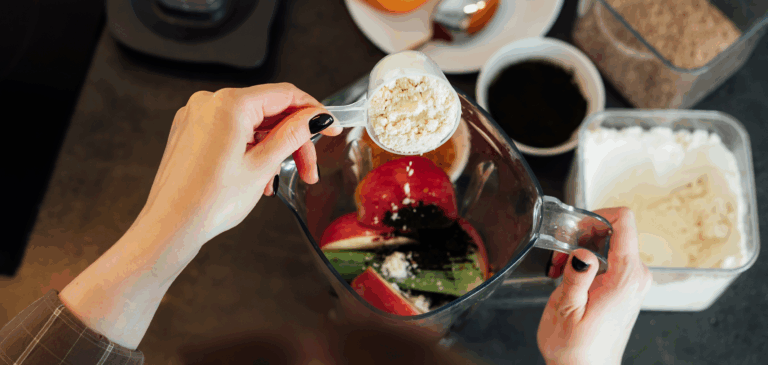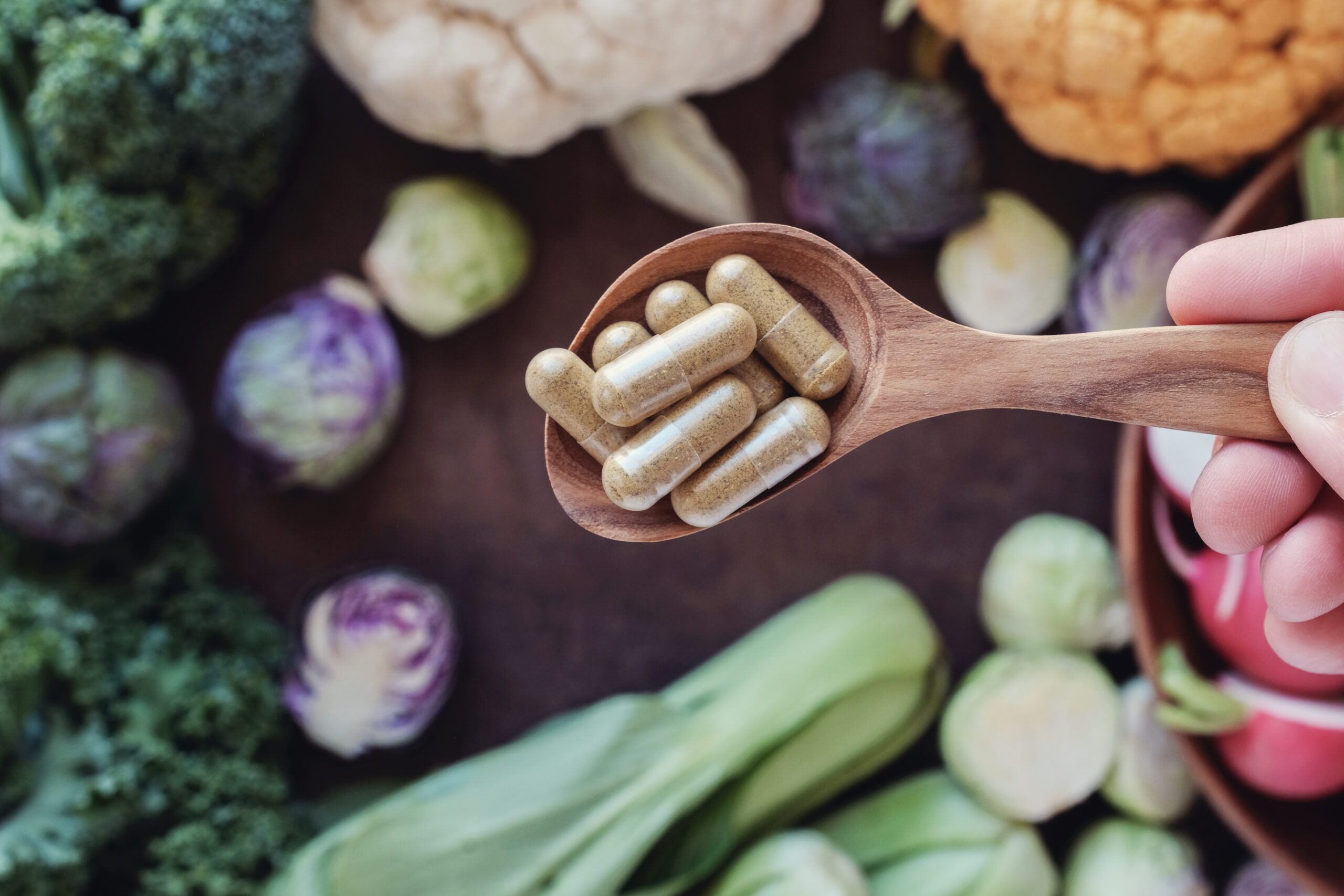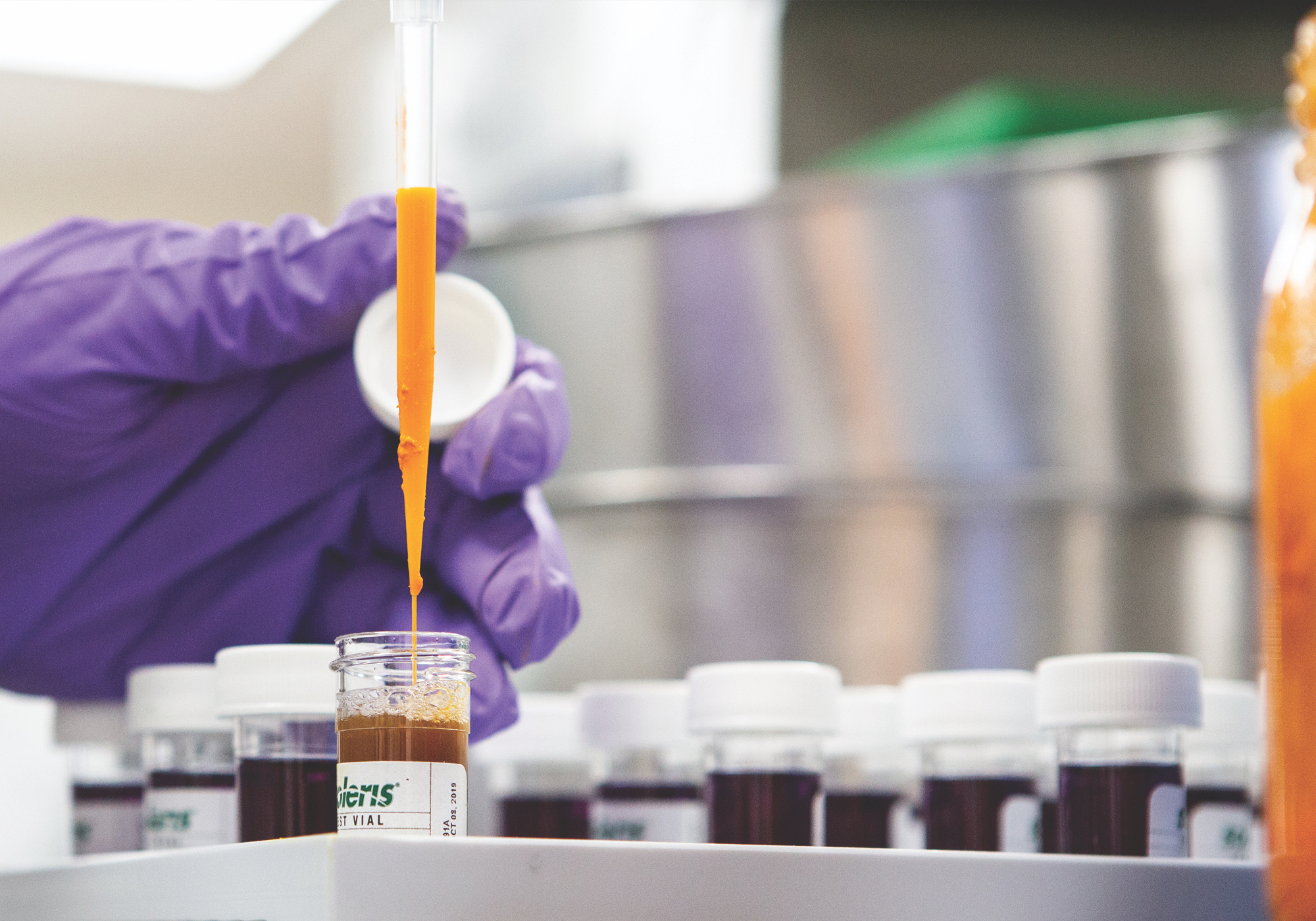Scientific name:Curcuma longa
Constituents:
- Polyphenolic Curcuminoids (Curcumin, Demethoxycurcumin, 5′-Methoxycurcumin, & Dihydrocurcumin)
- Volatile oil (Sesquiterpenes: zingiberene, tumerone, d-α-phellandrene, d-sabinene, & borneol)
- Resins
- Nutrients: CHO, proteins
Medicinal actions:
- Alterative
- Anti-cancer
- Anti-inflammatory
- Antioxidant
- Antimicrobial
- Cardiac Tonic
- Carminative
- Circulatory stimulant
- Hepatic & Hepatoprotective (Choleretic)
- Hypolipidemic
- Nervine Tonic
Mechanism of Action & Pharmacology:
- Curcuminoid: Curcumin is considered to be the most active constituent, and is primarily lipophilic, however, water-soluble extracts also demonstrate significant antioxidant & anti-inflammatory activity. Curcumin modulates the inflammatory response by down-regulating the activity of COX-2, lipoxygenase, and inducible nitric oxide synthase enzymes. Will also inhibit the production of the inflammatory cytokines TNF, and interleukins 1, 2, 6, 8, & 12. At lower concentrations, Curcumin is a strong antioxidant that scavenges ROS, decreases lipid peroxidation, and stimulates antioxidant enzymes, including catalase, superoxide dismutase (SOD), glutathione peroxidase, and heme oxygenase, thereby protecting cell constituents against oxidative damage. Conversely, emerging findings indicate that higher concentrations possess a prooxidant activity and induce cancer cell apoptosis, thus playing an important regulatory role in cell death during the neoplastic process.
- Anti-carcinogenic effects are due in part to direct antioxidant and free-radical scavenging, but will also enhance the body’s natural antioxidant system, increasing glutathione levels, thereby aiding in hepatic detoxification of mutagens and carcinogens, and inhibiting nitrosamine formation.
- Administered orally, curcumin Inhibits platelet aggregation by inhibiting the formation of thromboxanes & increasing prostacyclin.
- VO (zingiberene & tumerone) are highly anti-inflammatory.
- Effects on cholesterol levels may be due to decreased cholesterol uptake in the intestines, increased conversion of cholesterol to bile acids in the liver, and increased bile acid secretion. Curcuminoids can reduce serum levels of atherogenic lipid indices including non-HDL-C and Lp(a) and contribute to a reduced risk of cardiovascular events in dyslipidemic patients with Type 2 diabetes.
- Hepatoprotective effects are mainly a result of potent antioxidant properties.
Pharmacy:
- Dried turmeric root
- Tincture
- Curcumin
- Poultice
- Note: piperine enhances the serum concentration, extent of absorption, and bioavailability of curcumin in both rats and humans
Safety & Toxicity Concerns:
- Possible sensitization problems exist for high concentration tumerone (skin rash/photosensitivity).
- Use caution with biliary obstruction, gallstones or stomach hyperacidity/stomach ulcer.
Interactions:
- Some evidence that curcumin may inhibit or enhance the activity of certain chemotherapeutic drugs.
- Additive effects with NSAIDs & anticoagulants (theoretical), and possible antagonistic effects with immunosuppressants.
- May decrease drug levels of Talinolol (beta-blocker) at high doses.







